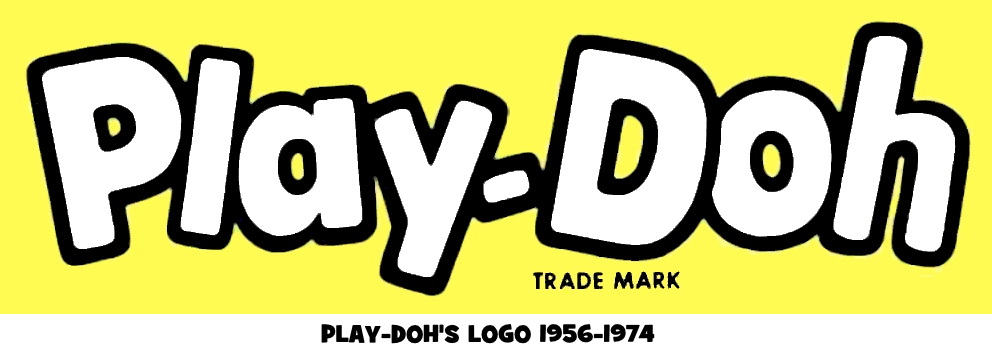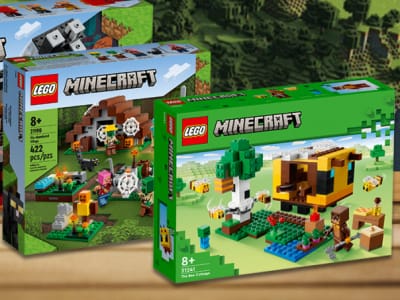Here’s a little trivia about Play-Doh! Did you know that, when the original Play-Doh compound was made, it was not intended to be a plaything? In the 1930’s, Cleo and Joseph McVicker, owners of Kutol Products, invented a wallpaper cleaner that would help thousands of homemakers in cleaning the mess made by smoke coming from coal. At that time, coal was the primary fuel for heating. Kutol’s wallpaper cleaner was an instant hit! However, when oil, gas, and electricity became the main energy source for heat in the 1950s, product sales began to decline.
Things went differently when a school teacher named Kay Zufall, who happened to be Joseph McVicker’s sister-in-law, decided to bring the cleaning compound to school. She had this quirky idea of using it as moulding toy for her pupils to play with. It was Christmas time, so the students made Christmas decorations out of the mould – and they enjoyed it! Thus, a new toy line was born – Play-Doh (from the words “play” and “dough”).

Today, Play-Doh is a fun arts and crafts toy that kids throughout the world are crazy about – giving them the platform to exercise their creative talents. They can mould all sorts of things, limited only by their imagination. Yet, parents take on the trouble of cleaning up the mess… the creative toy that was once a cleaning agent now becomes the mess itself! But should it be?
It doesn’t have to be an irony! Play-Doh’s special compound is made to be safe, non-toxic, and easy to clean. Fun need not be messy after playtime! Here are easy yet effective cleaning tips from the makers of Play-Doh themselves.
When Playtime Is Done
Playing with Play-Doh is fun, but cleaning it up is also chill! After playtime, you can remove Play-Doh pieces including the small parts from surfaces by gently pressing a large piece of the compound against the smaller pieces and lifting them away.
If the Play-Doh pieces dried up, they can easily be picked up from the floor. Please don’t use soap and water to clean them, because that will dissolve the compound and make them harder to pick up.
Carpets and Rugs
In case the kids played on the carpet or rug and pieces of Play-Doh were left on it, just let them dry. Once they are dry, loosen the pieces with a stiff brush and then pick them up by hand or with a regular vacuum.
Important note: Avoid wetting the Play-Doh pieces; don’t use water or other cleaning solutions, since that will cause the pieces to dissolve.

Proper Storage
Keeping a lid on it is the best way to store Play-Doh. Store the compound in a can with a tight lid – completely closed. If it is left exposed, the compound will dry out sooner than later.
In case it did get dry and hard, moistened the compound a bit and knead it with your hands thoroughly to make it soft and mouldable again.

Preserve Your Masterpiece
The Play-Doh compound is designed to be used over and over again. If you intentionally allowed it to harden to preserve your creation, the object will likely crack and that may compromise its appearance.
The best way to preserve your child’s work of art is to take a picture of their Play-Doh creation! A photo of your child’s creation lasts longer. That way, you will be able to admire and cherish it as long as you want. You can even post it on your social network profile and show it off to your friends.
Involve the Kids in Cleaning
Here’s a cool trick to involve the children in cleaning their Play-Doh pieces! How about making the activity into a fun game? Ask them to find a specific colour and put it in the assigned can; once done, you proceed with another colour. Example: You begin with the blue pieces first, then the red ones, and so on.
Sing a song, clap your hands, or play music while cleaning! If you want, make it like a race and mark your scores. It’s gonna be more of an amusing game rather than a cleaning chore!
So there you have it… Play-Doh is fun not just during play, but after playtime as well.

 From Toy Trucks to Tech: The Best Toys for Boys 2024
From Toy Trucks to Tech: The Best Toys for Boys 2024
 The Best Bluey Toys in 2024
The Best Bluey Toys in 2024
 How to Choose the Best Trampoline for Kids
How to Choose the Best Trampoline for Kids

